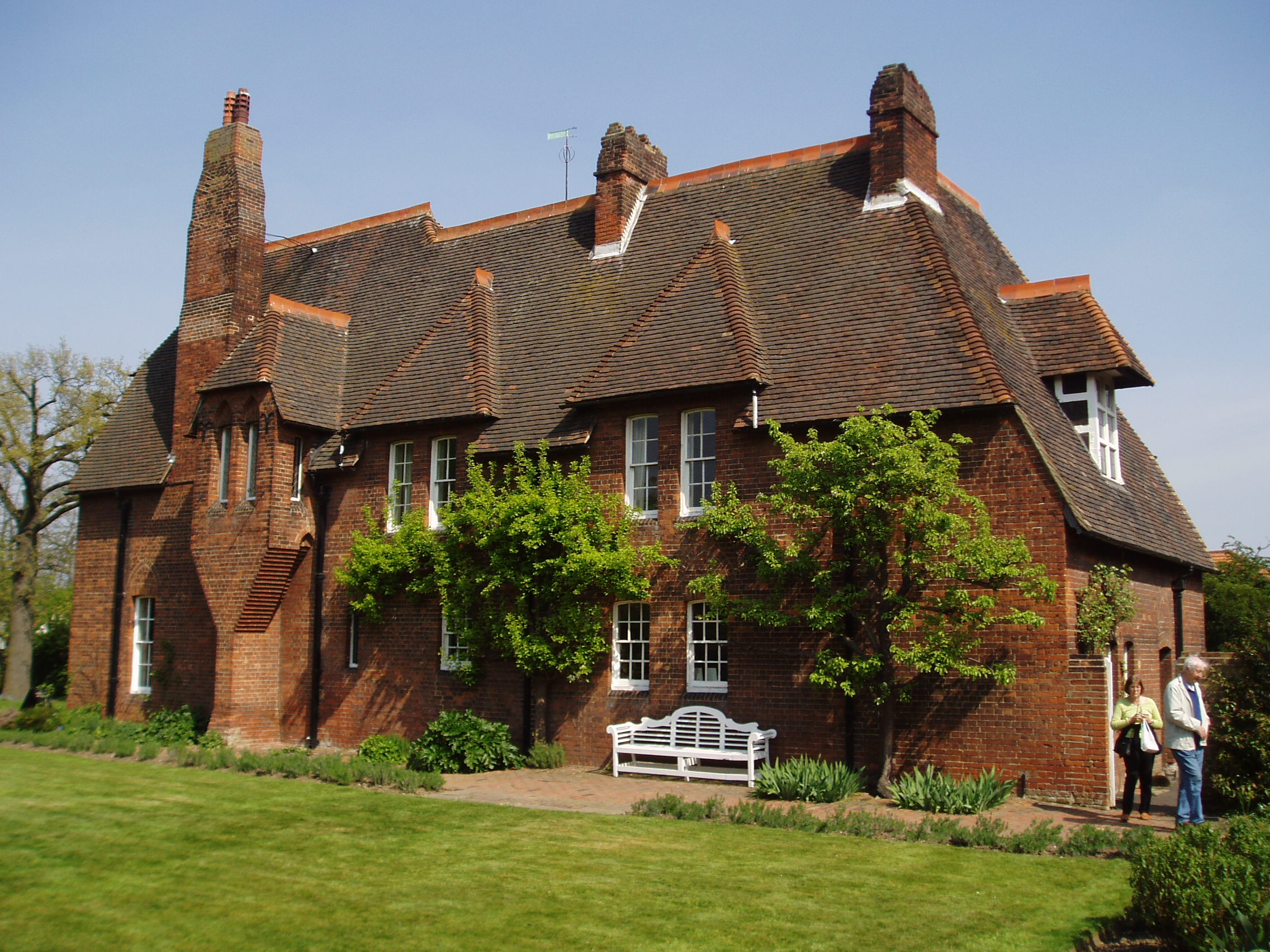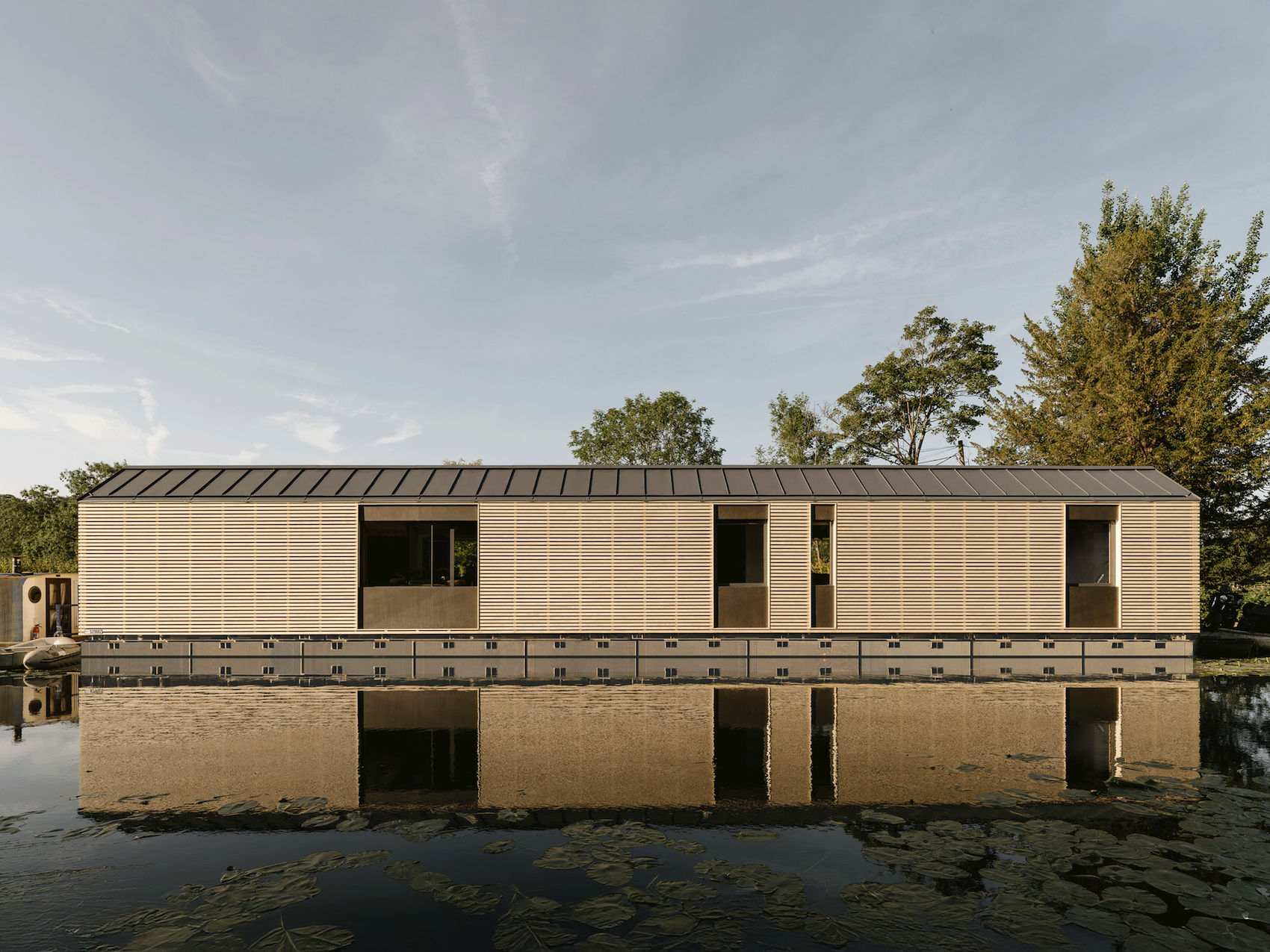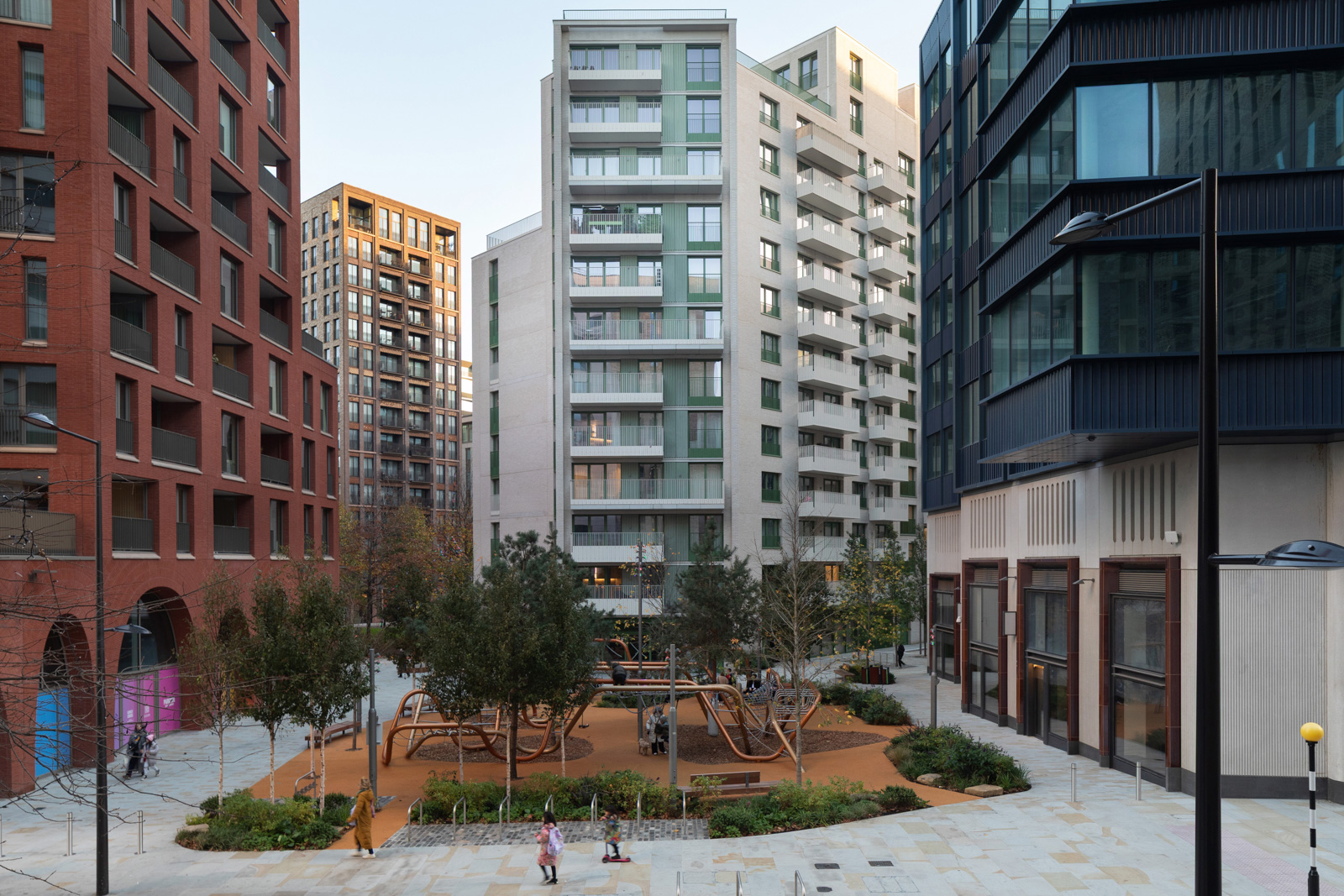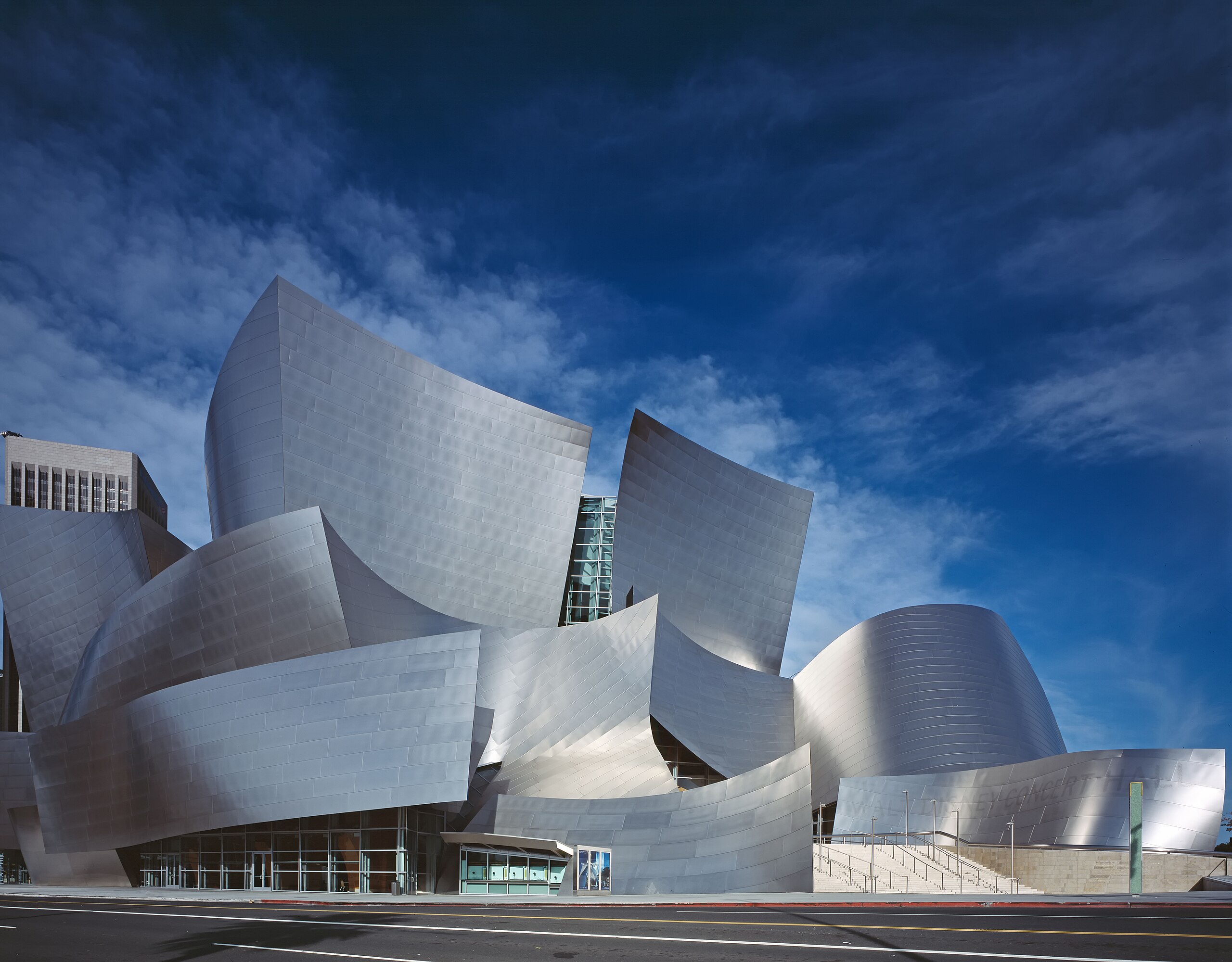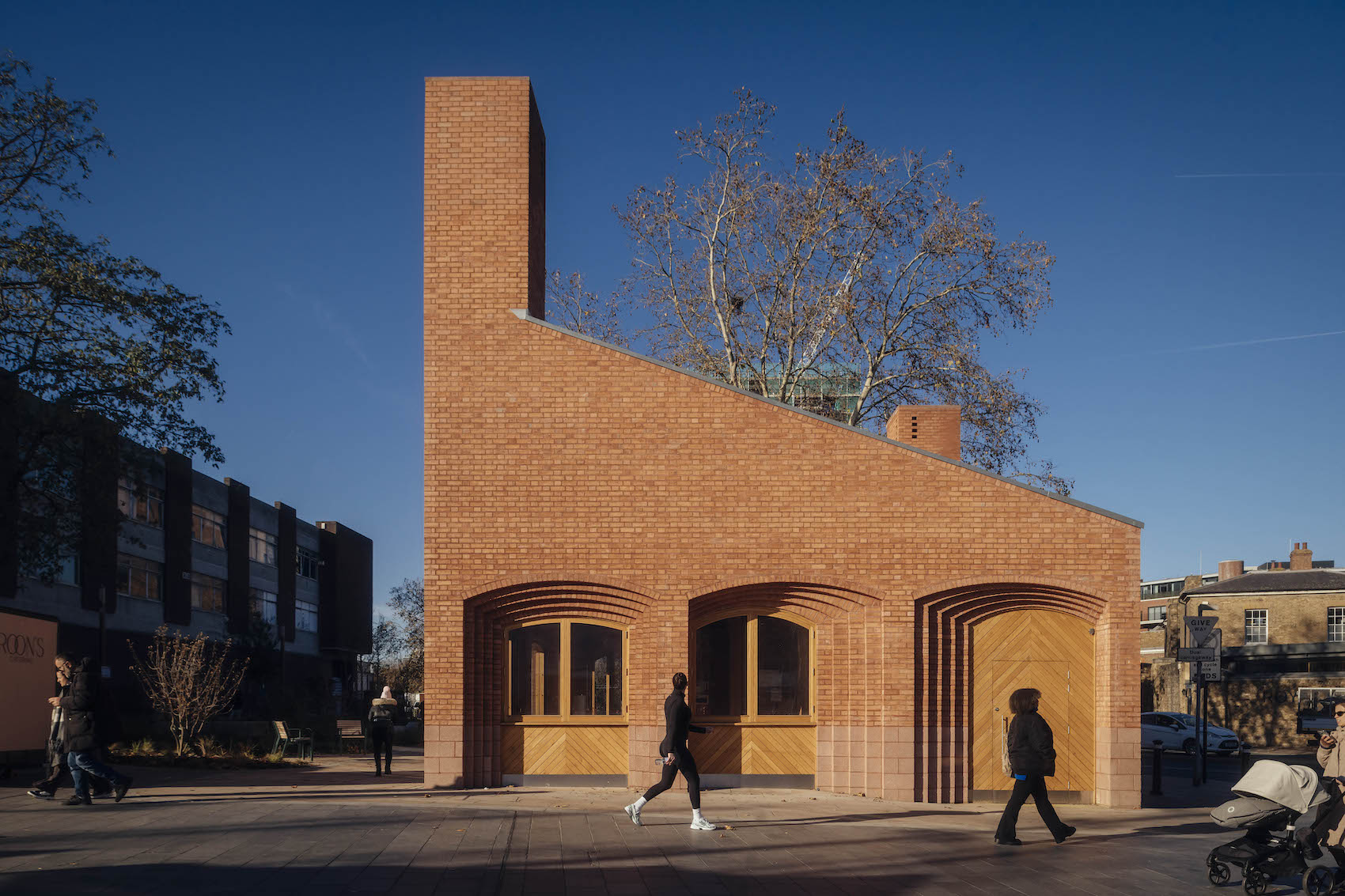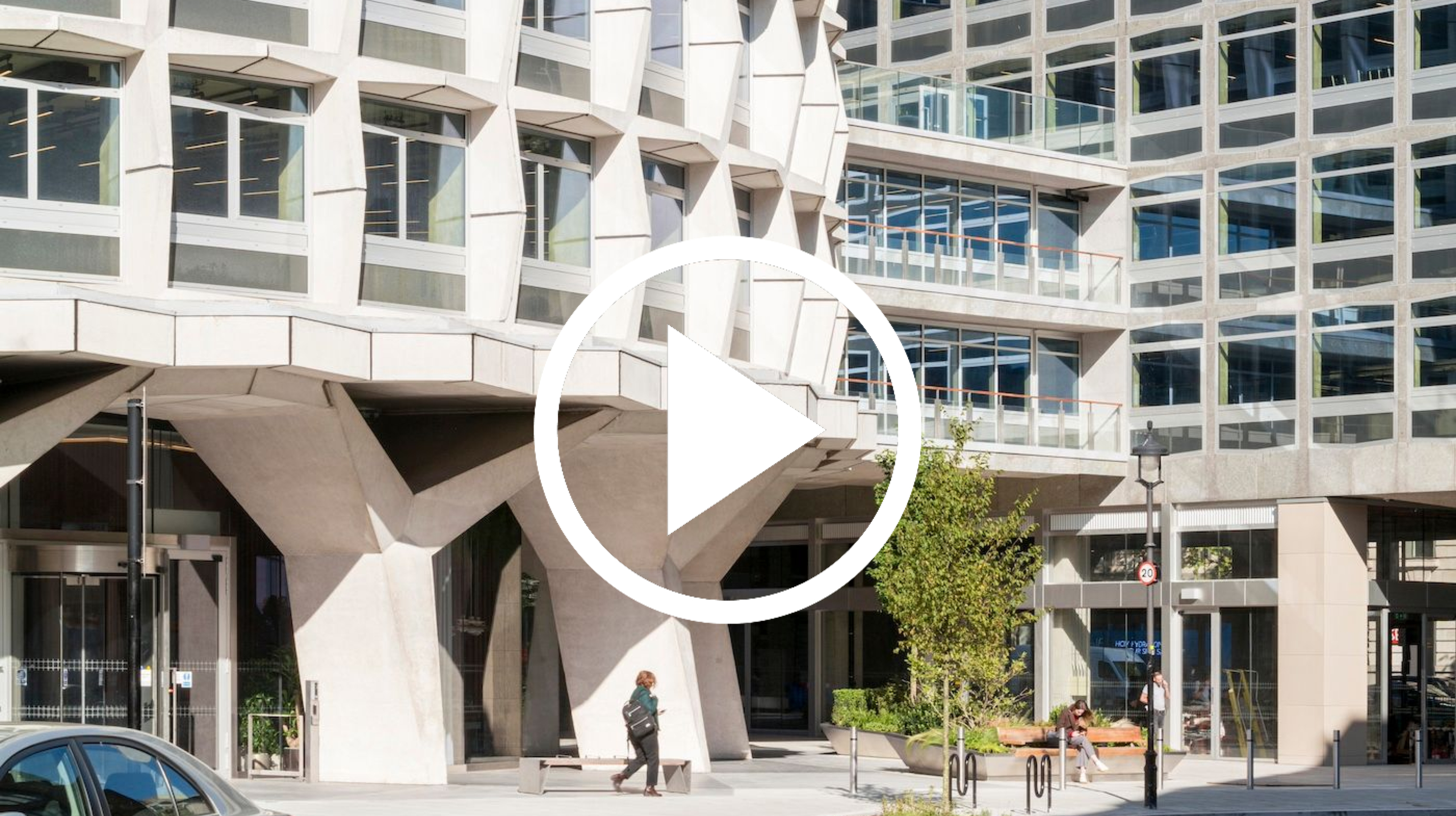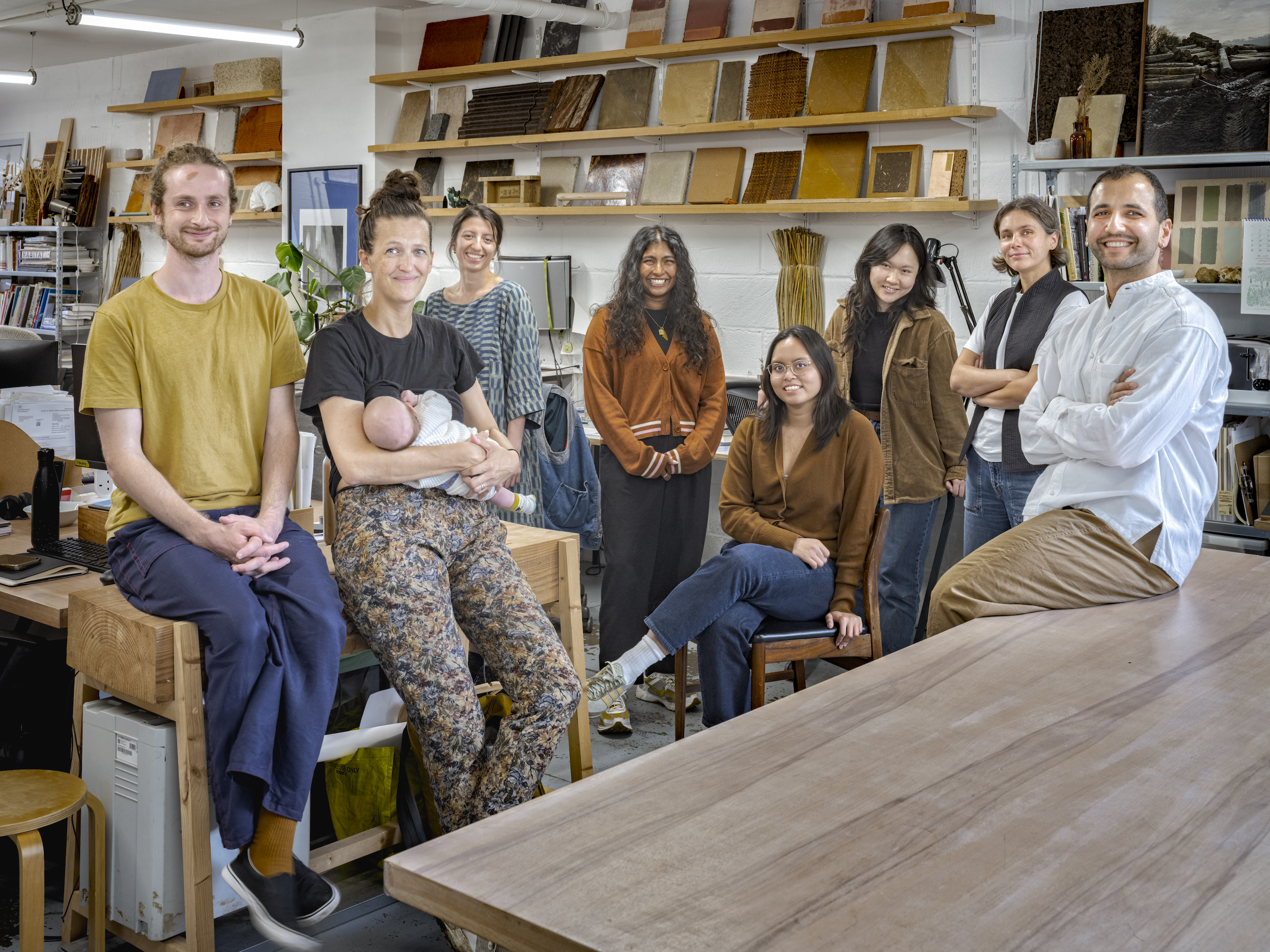John Pardey on William Morris and Philip Webb’s Red House in Bexleyheath – a home that looked to embody ‘truth’ in craftsmanship and construction and which to some, is the very first modern house.
(Credit: Ethan Doyle White via Wikipedia Commons)
This article is part of a monthly series of short essays on some of the greatest buildings of the 20th Century. Read John Pardey’s introduction to the series here.
If you want a golden rule that will fit everybody, this is it: Have nothing in your house that you do not know to be useful, or believe to be beautiful”
— William Morris
In the south-east London suburb of Bexleyheath, stranded among a sea of post-war semi-detached housing lies a small green oasis harbouring a landmark in British architecture: the Red House. This detached, red brick house with tall chimneys and pointed windows was completed in 1860 and was designed its owner, William Morris and his former architect colleague, Philip Webb.
Morris along with the polymath John Ruskin, was to become a father figure of the Arts and Crafts movement in late Victorian Britain. At 22 he became an apprentice in the office of George Edmund Street (now widely remembered for one of the greatest Victorian buildings of the period – the Royal Courts of Justice on the Strand of 1882) and worked under the supervision of Philip Webb, but had eventually found the work to be unsatisfying.
Born in 1834, Morris came from a wealthy family and married Jane Burden in 1859, with the pair going on to have two daughters together. Dismayed at London’s expansion and pollution, Morris decided to move and bought a site, an orchard, in the Kentish hamlet of Upton (now Bexleyheath). Morris was no doubt happy that it sat near to Watling Street, the route of Chaucer’s medieval Canterbury pilgrims, and he named the porch to the front of the house ‘The Pilgrim’s Rest’.
(Credit: Steve Cadman via Wikipedia Commons)
Design of the Red House was shared with Webb who mainly dealt with the exterior, while Morris focussed on the interiors – both united in ‘a medieval spirit’, seeking honesty in construction.
The Pre-Raphaelites, with whom Morris was closely aligned, also shared a fascination with medievalism – favouring a return to Romantic ideals, rural simplicity and the early Italian painting that predated Raphael. Like the Arts and Crafts movement, the group was deeply influenced by the writings of John Ruskin, rejecting the poor-quality industrial manufacture of decorative objects in favour of traditional craftsmanship. Morris remained close throughout his life to the painter Edward Burne-Jones, who became a leading figure within the Pre-Raphaelite circle. In 1861, the two friends co-founded the decorative arts firm Morris, Marshall, Faulkner & Co, producing carpets, furniture, glass, fabrics and wallpaper: art ‘of the people for the people’. But in rejecting machine production the products were expensive, so ironically only served the rich.
In the following years Morris was to pursue political interests to reinforce his beliefs in linking art and social structure, eventually becoming a member of the Liberal party and later founding the Socialist League.
The Red House was to be a demonstration of Morris’s ideals, with art defined as a “the way in which man expresses joy in his work”, avoiding mechanical production and denying inspiration in favour of craft. He had given up on the idea of becoming an architect as he believed at that architecture was a stylistic exercise, with little regard for the relationship between man and building – so his own house was to become a crafted work, with its construction honestly expressed.
Webb designed an ‘L-shaped’ plan, with the front wing containing the main living spaces (reception, dining, drawing, dining, studio and main bedroom) facing north – a move that he later regretted as the rooms were always cold, and the rear wing containing secondary rooms (bedrooms, kitchen, pantry) facing south – meaning the kitchen was always too hot. Although a progressive Socialist, Morris did not dispense with the servant’s quarters, although these were larger than normal. In many ways, the plan is half a quadrangle, a romantic 13th century typology.
In defiance of the usual arrangement of most Victorian houses, living spaces flowed from room to room, breaking social conventions in encouraging male-female interactions.
The house gained its name from its use of red brick – unusual in Victorian England, where most middle-class homes were finished in white-painted stucco – and from its unconventional, functional arrangement of windows, each sized to suit the space it served.
Inside, the entrance hall sets the tone: red flagstones, exposed brick arches and timber framing all display Morris’s affection for truth in materiality, simplicity and handcraft, as seen in the cottages, barns and almshouses of ordinary people at the time. Morris, his wife Janey, and Burne-Jones dealt with the furnishings, stained glass, furniture and fabrics, using them as a showcase for the firm.
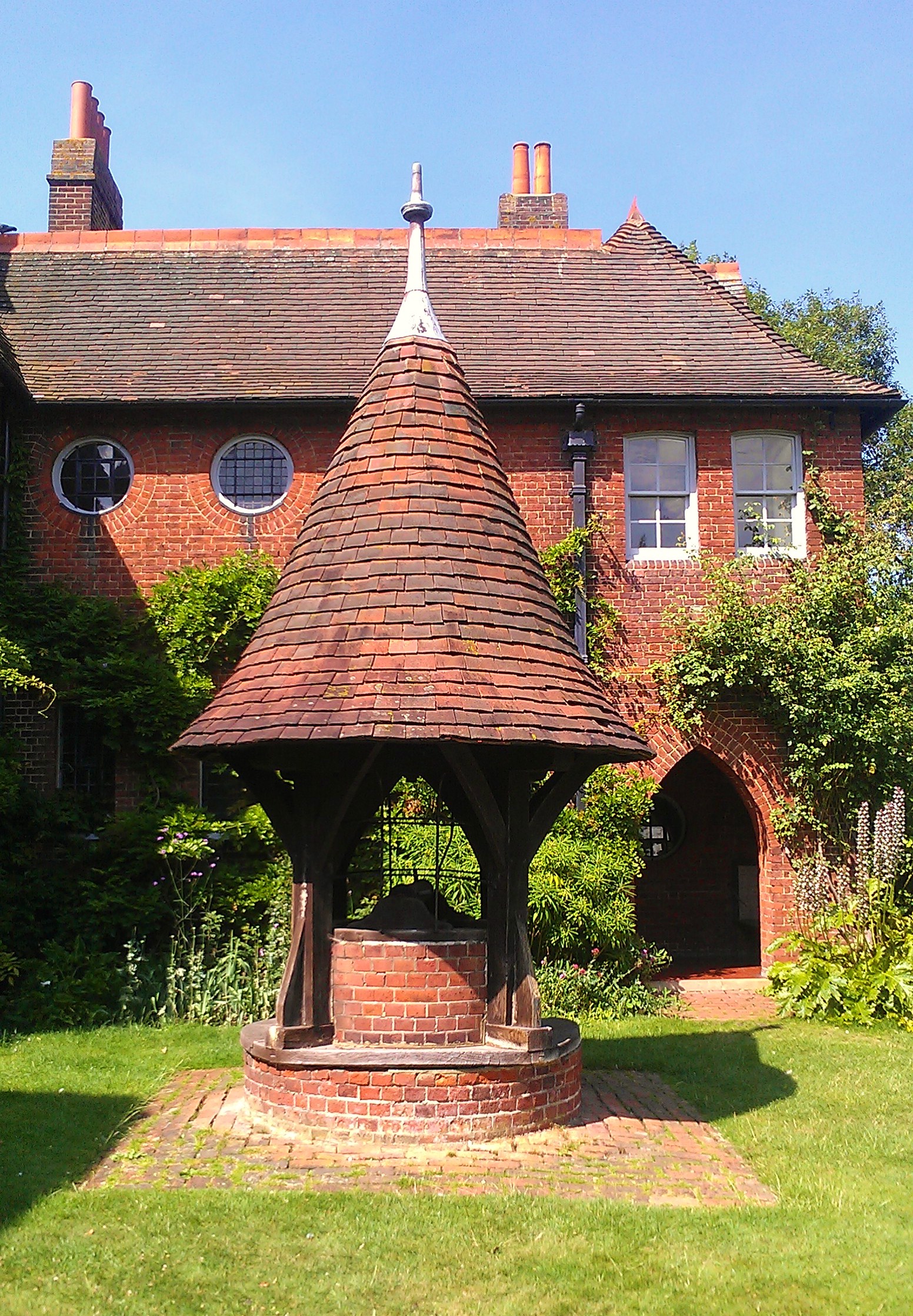
Up close view of the well at the Red House. (Credit: Ethan Doyle White)
Within five years, financial pressures forced Morris to sell the house, never to return. By then, Janey had become a muse to Gabriel Dante Rossetti, whose portraits of her helped to immortalise the Pre-Raphaelite ideal. The two later began a long affair – one that Morris endured in keeping with his belief that “no person [should be] another’s keeper.”
Rossetti famously described the Red House as “a real wonder of the age,” and perceptively, “more a poem than a house.” Years later, the German cultural attaché Hermann Muthesius would echo that sentiment, calling it “the first house to be conceived and built as a unified whole, inside and out – the very first example in the history of the modern house.”
In 2003, the Red House was acquired by the National Trust, fulfilling Morris’s democratic vision of art as a shared cultural inheritance. As he once declared, “What business have we with art at all unless all can share it?”



